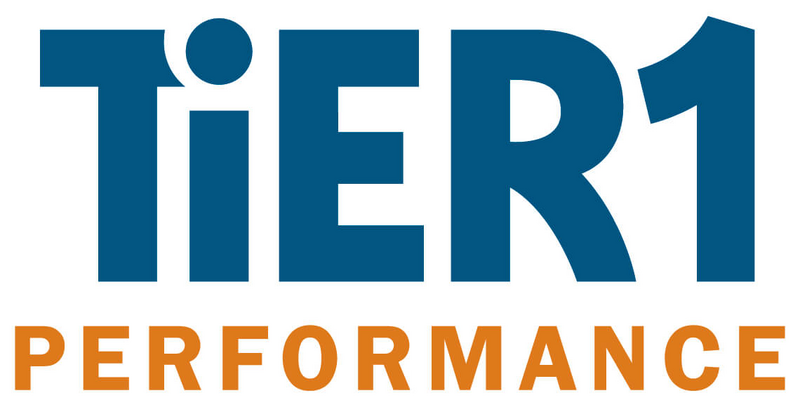ATD Blog
3 Timeless Tenets for Leadership Development
Sat Oct 21 2023

As leaders, we’re always navigating change from various sources. Complex cultural and sociopolitical topics continue to affect work and personal lives, while attempts to return to “normalcy” seem to be anything but normal. Meanwhile, technology continues evolving, bringing both promises and potential threats. Amid disruption and economic shifts, many people are navigating massive layoffs; many also struggle to find the best way to connect both virtually and in person.
How do we thrive and influence as leaders in such dynamic times? How do we empower our employees to become better at leading people no matter what comes their way?
Despite continuous change, three leadership tenets have withstood the test of time:
Leaders embrace development.
Leaders create meaning.
Leaders reframe obstacles.
Embracing development, creating meaning, and reframing obstacles will help you and those you lead thrive amid ongoing change. Let’s dig into these three tenets.
1. Embrace development
Great leaders actively seek growth opportunities and reflect on their strengths and areas of development. They attend workshops, take assessments, meet with mentors, and seek feedback. By developing themselves, they better understand how they show up at work to lead.
The best leaders also get to know their team members, support their continuous development, and encourage them to embrace a growth mindset. They model what a growth mindset looks like and recognize and reward employees who continually find opportunities to develop themselves and others. Time-based communication and nudges can provide reminders to prioritize development and actionable insights that support a growth mindset, while visual dashboards can showcase team members’ progress. Systems for badging, social community, and certifications are also powerful for sustaining growth and development (and can add friendly competition).
Consider: What cultural norms in your organization prevent leaders from embracing development? What conversations might you need to have so your development is encouraged? (To dig deeper into your personal development, check out The Importance of Learning to Load Share as a Leader.)
2. Create meaning
Leaders are crucial for communicating how employees fit into the bigger picture. It’s important for any team to understand its collective role in driving desired business results. Effective leaders articulate the value that their team brings to the organization. They also inspire team members to stay in the game when the going gets tough. This means that if the game massively shifts (for example, layoffs), team members can tell the story of the value they brought and the impact they had, no matter where they go.
It’s especially critical for leaders to create meaning during times of change. Leaders receive a lot of input for change from senior leadership, the market, their team, and customers. How they receive and communicate that information to their team greatly affects employees’ ability to succeed and thrive in the new normal at work.
Consider: Often, leaders are asked to connect the dots from the work their team is doing to the company’s mission, vision, and values. Is the organization articulating and modeling the same values that you’re being asked to champion? Are you equipped with the necessary knowledge to be a catalyst for the business? (To learn more about business transformation, check out Conscious Leadership Requires Systems Thinking.)
3. Reframe obstacles
To diffuse tension and stress, leaders must reframe the obstacle ahead as a challenge that can be overcome. When faced with obstacles, great leaders engage others in meaningful conversations and interactions. To help them reframe the challenge, they focus on three things: asking the right questions, actively listening to others, and respectfully challenging ideas to draw out better thinking.
Facilitating quality conversations involves more than strong communication skills. Being curious, empathetic, and growth-oriented also serves the leader well when reframing obstacles. They will also need to understand business financials so they can make strategic decisions and form valuable partnerships. If leaders know how to juggle working in a hands-on manner versus stepping back to think big picture, they can transform obstacles facing their team into development opportunities.
Consider: Changing mindsets and behavior is hard work—memorizing a checklist of policies won’t adequately equip leaders to have better conversations. What guiding principles or behaviors guide your day-to-day conversations and interactions? What needs, if they were met, would support you or your team in embracing obstacles?
To learn more about reframing obstacles, check out Why Leaders Embrace Adaptive Change to Achieve Better Outcomes.

